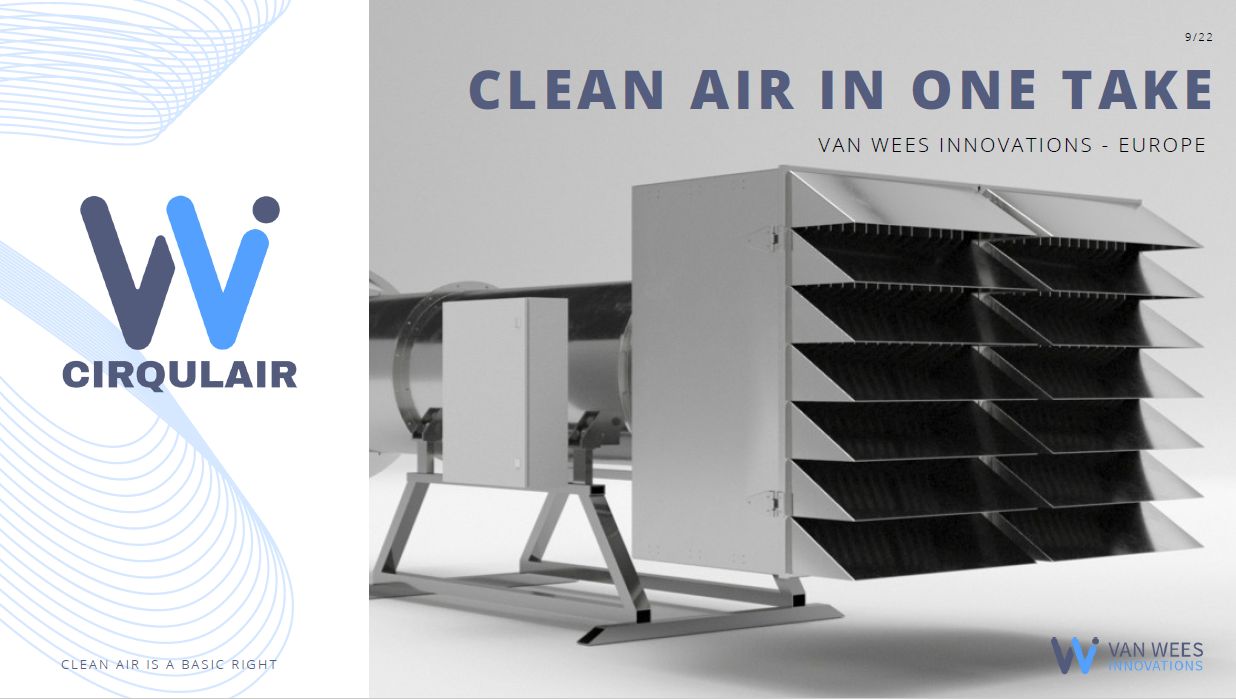White Paper
Review of Airborne Particulates Detection, Collection and Elimination for the Improvement of Human Health and the Global Environment.
The purpose of this White Paper is to discuss in detail the attributes and methods used for effective elimination and removal of particulates in the air to the degree of efficiency that is effective in producing true results. The solution should be effective, but also efficient and easy to deploy and cost-effective.
Currently, there are multiple situations that attribute success to the removal of particulates in the air. However, they are largely inefficient toward smaller particulates, are expensive and usually have a large footprint for any kind of industrial purpose.
Additionally, this paper addresses solutions that are appropriate for today’s modern environment. The output from this paper presents data and information to help people understand what the most effective way is to address this health and environmental problem. What is the most efficient way? And what is essentially the most effective technology and means that is not harmful to both humans and the environment.
CONTENTS
INTRODUCTION – 2
Air Quality inside the buildings, at home and at work – 7
Basic Information on Pollutants and Sources of Indoor Air Pollution – 8
Air Quality Issues Outside 8
What are the effects from pollutants and their impacts on health and the environment? – 9
The Affected Masses – 9
Evolution of Government Policy and Technology for Particulate Removal for better Health & cleaner Air – 9
Global/National Regulation Policy and Compliance for Air Quality and Pollution – 11
THE CHALLENGE – 14
The Primary Methods currently used to Detect and Remove Pollutants – 14
- Bipolar Ionization and its limitations – .3 microns (Mpps) – 14
- Polymers and Coulombs Law – .3 microns (Mpps) – 15
- DFS (Electronically Enhanced Stimulated Air Filtration and its limitations); 7nm – 15
- HEPA (High Efficiency Particulate Air) Filters and their limitations: .3 microns (Mpps) – 16
- Ultraviolet (UVC) Radiation and its limitations – 16
- ULPA (Ultra Low Particulate Air) Filters and their limitations; 1 micron or 100 nm – 17
- Wet or Dry Scrubbing (use of centrifugal force) limitations: 100 to 500 nm – 17
The Ground Level Ozone – O3 – Problem – 18
Summary of Methods Used – 18
SOLUTION – 19
Newtons Second Law of Motion – 20
Van Der Waals “Force” – 20
Adaptive Means of Filter Design provides greater Efficacy – 21
Airflow design and Management – 21
CONCLUSION AND SUMMARY – 21
Summary of Program Development – 22
Differentiation Points – Why is Cirqulair for You – 22
Benefits to the User – 22
The advantages of clean ambient air are many but include – 23
Applications for Cirqulair – 24
BIBLIOGRAPHY 25

